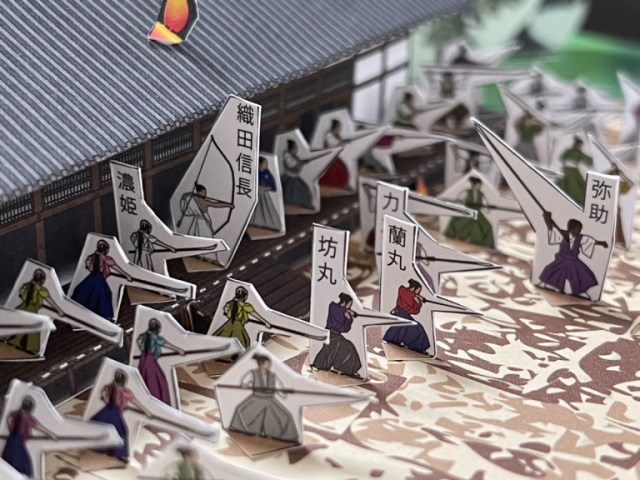
Over 400 years ago, a temple in Kyoto suddenly became the site of a battle that would change Japanese history forever.
They say that idle hands are the devil’s playthings, so no sooner had we finished building our convincing model of a dingy Japanese squat toilet did we start looking for our next arts and crafts project. And sure enough, we found one, and so we set out to recreate the most famous samurai betrayal in Japanese history, the Honnoji Incident.
The Honnoji Incident, naturally, was an incident that took place at Kyoto’s Honnoji Temple, in 1582. With the feudal Sengoku period winding down and warlord Oda Nobunaga painfully close to unifying Japan and ending centuries of civil war, he took lodging at the temple. He had only a small a group of retainers with him, as Kyoto was deep within the territory controlled by the Oda clan and Nobunaga was sending his generals to the far corners of the country to mop up the few remaining pockets of resistance.
However, on the morning of June 21 (or June 2 by the old Japanese lunar calendar), one of Nobunaga’s top generals, Akechi Mitsuhide, ordered his troops to attack Honnoji, catching Nobunaga unaware and forcing him into a desperate fight for his life.
Japanese Papercraft maker Facet’s Sengoku Battle Honnoji Incident kit includes the parts and pieces for the building itself as well as the forces of the Oda loyalists and Akechi rebels. The sheets aren’t laser-cut, so you’ll need a craft knife to remove the individual pieces, but with the kit’s very modest price of just 1,320 yen (US$12.75), it’s a reasonable trade-off.
As a classic Japanese temple, Honnoji’s architecture is elegantly understated. The paper material has a nicely balanced consistency, neither too brittle or too soft. And it’s easy to assemble the walls, roof sections, and engawa veranda that runs along the edge of the building.
Next it was on to the human elements of the Honnoji Incident, starting with none other than Nobunaga himself. You actually get three different versions of the warlord, holding his sword while shouting “Are you out there, Mitsuhide!”, nocking an arrow into his bow, or thrusting with a spear.
We opted for bow-and-arrow Nobunaga for our scene, and stood him in the center of the engawa. Next to him, we placed his wife, Nohime, who some believe fought as part of her husband’s forces while wielding a naginata, a type of Japanese polearm with a curved blade.
A number of other historical figures who were with Nobunaga at the time of the attack also have their names listed on their pieces. Among those standing with their lord are the three brothers who served as Nobunaga’s pages, as Mori Ranmaru (蘭丸), Rikimaru (力丸), and Bomaru (坊丸). Also represented is Nobunaga’s African retainer, Yasuke (弥助),
OK, let’s move on to the Akechi forces and…
Oh, wow, there are a lot of them.
In total, there are more than 100 paper soldiers waiting to lay siege to Honganji. The pieces are all one-sided (i.e. they’re blank white on their backsides), so there’s not much complicated folding to be done per piece, but still, amassing the rebels is going to take a while, just like planning an actual rebellion does.
It would up takins us about four hours to cut out and arrange all the combatants, but when we did…
…they were an awesome sight to see, as the attackers crossed over the moat on ladders and breached the outer wall of the temple compound.
▼ Akechi was not present at the attack, but there is a special piece for Yasuda Kunitsugu (安田作兵衛), his subordinate who led the vanguard in the attack.
The immense difference in numbers hammers home just how shocking the attack was and how hopeless the resistance was. Something that hadn’t registered until we had everyone on the field of battle was the difference in the arms and armor of the two sides. The rebels are outfitted with full suits of armor and a full arsenal for rows of archers and even musketeers, wielding what was then new, hi-tech weaponry for Japan. In contrast, Nobunaga and his men are largely dressed in kimono and severely lacking in ranged weaponry, since no one expected they’d be taking part in a battle that morning.
In the end, Nobunaga’s forces were overwhelmed, and the warlord committed seppuku, ritual suicide, rather than be captured and executed. On his orders, his surviving retainers burned the temple to the ground so that his head could not be taken and displayed as a war trophy.
Putting together the kit turned out to be a surprisingly thought-provoking, especially since we started with the peaceful temple, positioned Nobunaga’s group, and then surrounded them with the surprise attackers. If you’re looking to take that same trip back through history, the kit can be ordered here through Facet’s online shop. And if you’re wondering what happened to Akechi, that story is right here.
Photos ©SoraNews24
● Want to hear about SoraNews24’s latest articles as soon as they’re published? Follow us on Facebook and Twitter!
[ Read in Japanese ]
Follow Casey on Twitter, where reading about the Honnoji Incident as a kid was what sparked his interest in Japanese history.
[ Read in Japanese ]

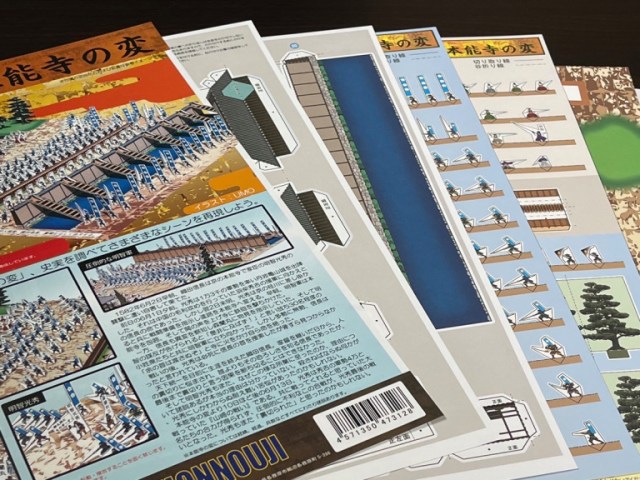
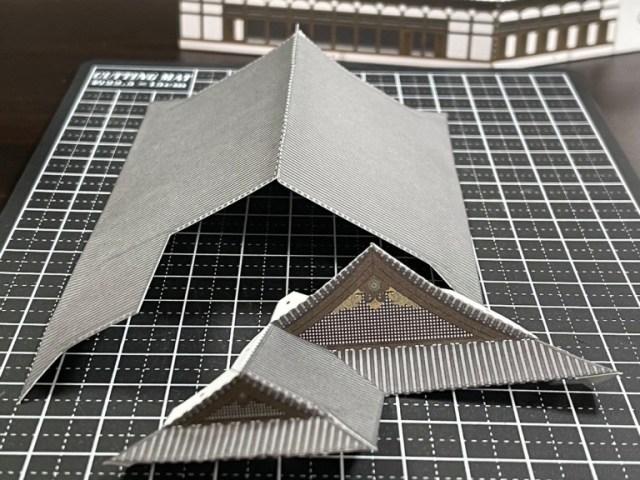
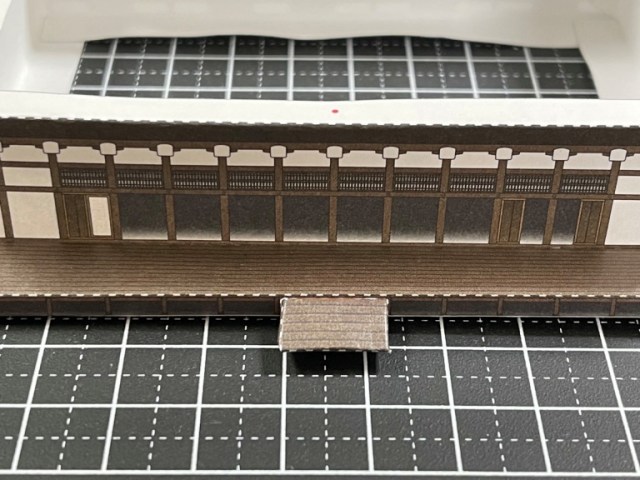
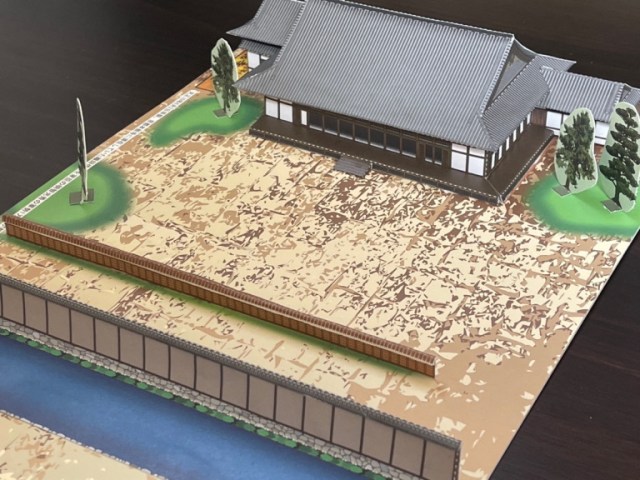
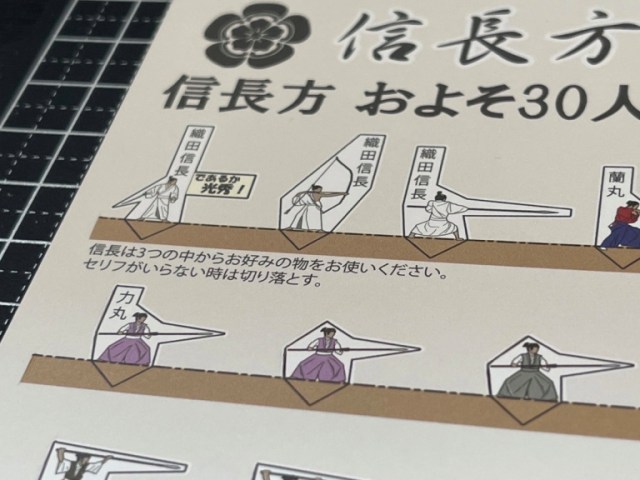
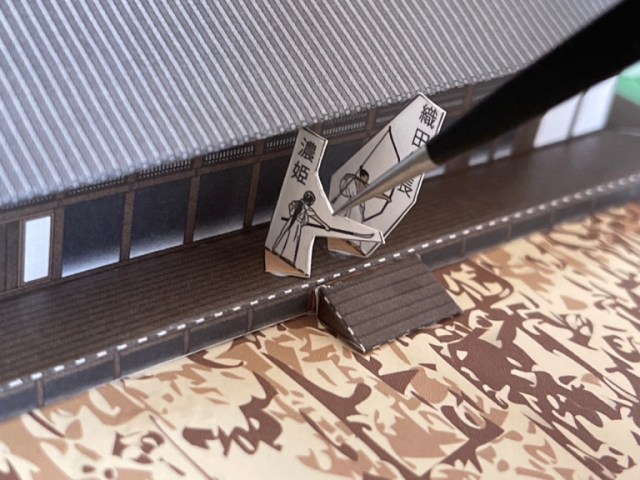
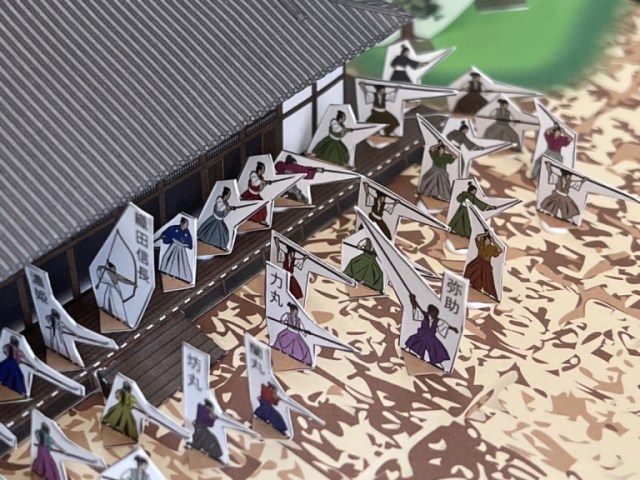
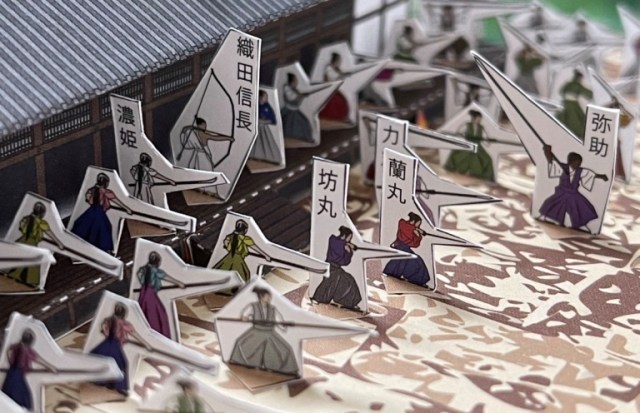
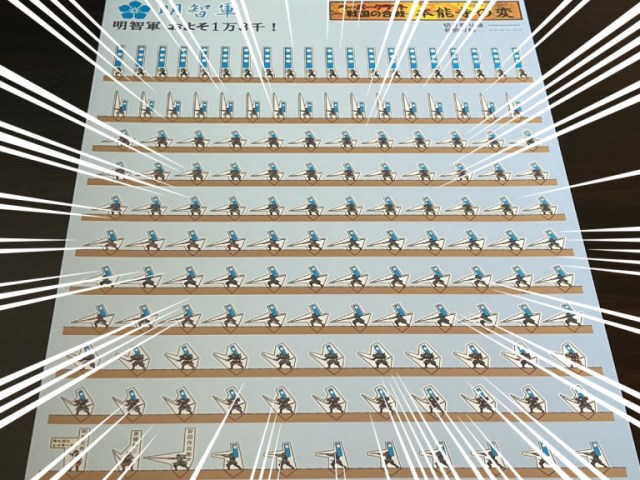
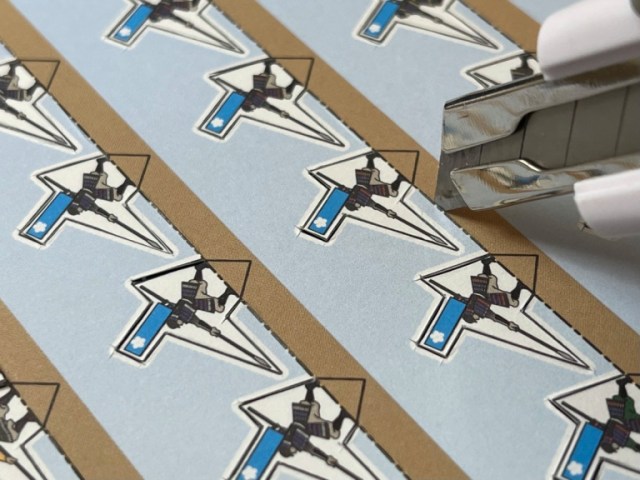

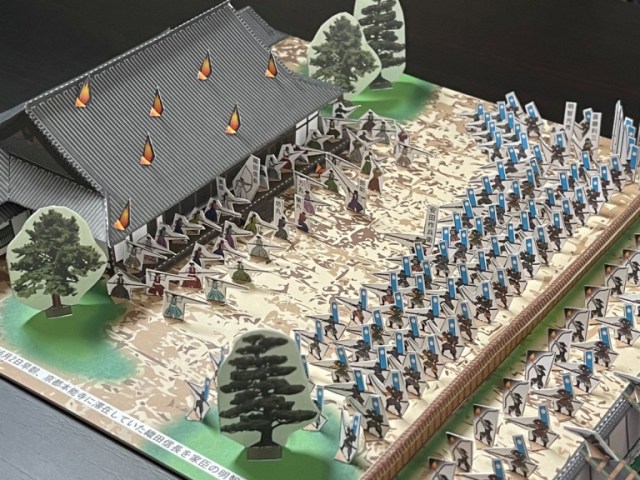
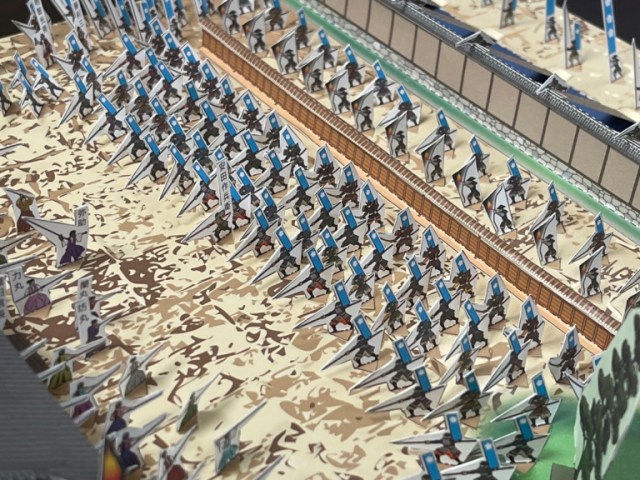
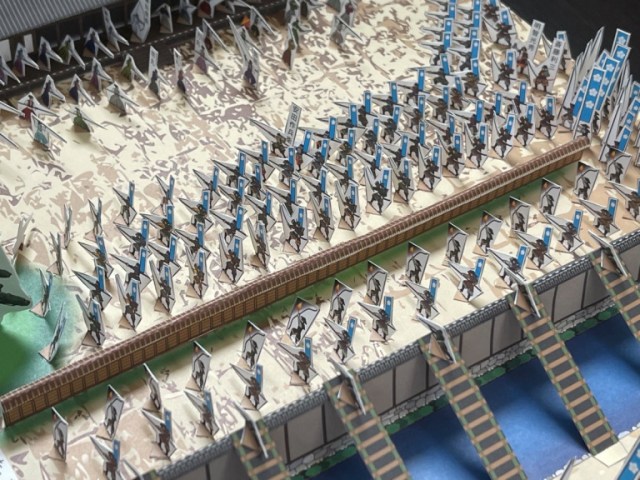
 Surreal samurai art exhibition mixes the historical with the bizarre
Surreal samurai art exhibition mixes the historical with the bizarre This Valentine’s Day, wow your special someone with boozy samurai warlord chocolates!
This Valentine’s Day, wow your special someone with boozy samurai warlord chocolates! Katana of four of Japan’s greatest samurai turned into gorgeous scissors
Katana of four of Japan’s greatest samurai turned into gorgeous scissors Swords of famous samurai reborn as beautiful kitchen knives from Japan’s number-one katana town
Swords of famous samurai reborn as beautiful kitchen knives from Japan’s number-one katana town Get your battle armor ready for the interactive “hottie” Samurai & Ninja Show coming to Tokyo
Get your battle armor ready for the interactive “hottie” Samurai & Ninja Show coming to Tokyo McDonald’s new Happy Meals offer up cute and practical Sanrio lifestyle goods
McDonald’s new Happy Meals offer up cute and practical Sanrio lifestyle goods All-you-can-drink Starbucks and amazing views part of Tokyo’s new 170 meter-high sky lounge
All-you-can-drink Starbucks and amazing views part of Tokyo’s new 170 meter-high sky lounge Studio Ghibli glasses cases let anime characters keep an eye on your spectacles
Studio Ghibli glasses cases let anime characters keep an eye on your spectacles Disney princesses get official manga makeovers for Manga Princess Cafe opening in Tokyo
Disney princesses get official manga makeovers for Manga Princess Cafe opening in Tokyo Studio Ghibli releases new action figures featuring Nausicaä of the Valley of the Wind characters
Studio Ghibli releases new action figures featuring Nausicaä of the Valley of the Wind characters Hamster abandoned at Tokyo ramen restaurant gets new home
Hamster abandoned at Tokyo ramen restaurant gets new home A visit to the best UFO catcher arcade in the universe!
A visit to the best UFO catcher arcade in the universe! The oldest tunnel in Japan is believed to be haunted, and strange things happen when we go there
The oldest tunnel in Japan is believed to be haunted, and strange things happen when we go there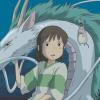 Haku is…Chihiro’s dead brother? Studio Ghibli fans blown away by Spirited Away theory
Haku is…Chihiro’s dead brother? Studio Ghibli fans blown away by Spirited Away theory Gackt lashes out at Cool Japan: “Almost no results of Japanese culture exported overseas”
Gackt lashes out at Cool Japan: “Almost no results of Japanese culture exported overseas” More foreign tourists than ever before in history visited Japan last month
More foreign tourists than ever before in history visited Japan last month Starbucks reopens at Shibuya Scramble Crossing with new look and design concept
Starbucks reopens at Shibuya Scramble Crossing with new look and design concept Beautiful new Final Fantasy T-shirt collection on the way from Uniqlo【Photos】
Beautiful new Final Fantasy T-shirt collection on the way from Uniqlo【Photos】 Is the new Shinkansen Train Desk ticket worth it?
Is the new Shinkansen Train Desk ticket worth it? Foreign English teachers in Japan pick their favorite Japanese-language phrases【Survey】
Foreign English teachers in Japan pick their favorite Japanese-language phrases【Survey】 Beautiful Sailor Moon manhole cover coasters being given out for free by Tokyo tourist center
Beautiful Sailor Moon manhole cover coasters being given out for free by Tokyo tourist center Studio Ghibli releases Kiki’s Delivery Service chocolate cake pouches in Japan
Studio Ghibli releases Kiki’s Delivery Service chocolate cake pouches in Japan Japan’s bone-breaking and record-breaking roller coaster is permanently shutting down
Japan’s bone-breaking and record-breaking roller coaster is permanently shutting down New definition of “Japanese whiskey” goes into effect to prevent fakes from fooling overseas buyers
New definition of “Japanese whiskey” goes into effect to prevent fakes from fooling overseas buyers Our Japanese reporter visits Costco in the U.S., finds super American and very Japanese things
Our Japanese reporter visits Costco in the U.S., finds super American and very Japanese things Studio Ghibli unveils Mother’s Day gift set that captures the love in My Neighbour Totoro
Studio Ghibli unveils Mother’s Day gift set that captures the love in My Neighbour Totoro Domino’s Japan now sells…pizza ears?
Domino’s Japan now sells…pizza ears? New Japanese KitKat flavour stars Sanrio characters, including Hello Kitty
New Japanese KitKat flavour stars Sanrio characters, including Hello Kitty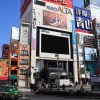 One of Tokyo’s most famous meeting-spot landmarks is closing for good
One of Tokyo’s most famous meeting-spot landmarks is closing for good Kyoto creates new for-tourist buses to address overtourism with higher prices, faster rides
Kyoto creates new for-tourist buses to address overtourism with higher prices, faster rides Sales of Japan’s most convenient train ticket/shopping payment cards suspended indefinitely
Sales of Japan’s most convenient train ticket/shopping payment cards suspended indefinitely Sold-out Studio Ghibli desktop humidifiers are back so Totoro can help you through the dry season
Sold-out Studio Ghibli desktop humidifiers are back so Totoro can help you through the dry season Japanese government to make first change to romanization spelling rules since the 1950s
Japanese government to make first change to romanization spelling rules since the 1950s Ghibli founders Toshio Suzuki and Hayao Miyazaki contribute to Japanese whisky Totoro label design
Ghibli founders Toshio Suzuki and Hayao Miyazaki contribute to Japanese whisky Totoro label design Doraemon found buried at sea as scene from 1993 anime becomes real life【Photos】
Doraemon found buried at sea as scene from 1993 anime becomes real life【Photos】 Tokyo’s most famous Starbucks is closed
Tokyo’s most famous Starbucks is closed One Piece characters’ nationalities revealed, but fans have mixed opinions
One Piece characters’ nationalities revealed, but fans have mixed opinions We asked a Uniqlo employee what four things we should buy and their suggestions didn’t disappoint
We asked a Uniqlo employee what four things we should buy and their suggestions didn’t disappoint Princesses, fruits, and blacksmiths: Study reveals the 30 most unusual family names in Japan
Princesses, fruits, and blacksmiths: Study reveals the 30 most unusual family names in Japan Japanese nerds pick the feudal warlord they’d most like to be their boss
Japanese nerds pick the feudal warlord they’d most like to be their boss Batman as a samurai ningyo figure is trans-Pacific time-tripping awesomeness
Batman as a samurai ningyo figure is trans-Pacific time-tripping awesomeness A roundup of some of this year’s best “Samurai Sanders”: KFC’s mascot in samurai armor【Photos】
A roundup of some of this year’s best “Samurai Sanders”: KFC’s mascot in samurai armor【Photos】 Need a new job? Japanese tourism organization is looking to hire two samurai
Need a new job? Japanese tourism organization is looking to hire two samurai Samurai sword and ninja star chocolates from Japan cut open a whole new way to eat sweets
Samurai sword and ninja star chocolates from Japan cut open a whole new way to eat sweets Hugh Jackman stars, sings J-pop cover, and speaks Japanese in ads for Toyota【Videos】
Hugh Jackman stars, sings J-pop cover, and speaks Japanese in ads for Toyota【Videos】 Nagoya serves up fried chicken with sweet beans, whipped cream, and a strawberry on top
Nagoya serves up fried chicken with sweet beans, whipped cream, and a strawberry on top Women, gamers, and foreigners all show up to be samurai for a day at Sengoku battle reenactment
Women, gamers, and foreigners all show up to be samurai for a day at Sengoku battle reenactment Kamon kamon kamon kamon…branding? Pumps to bring out your inner feudal warlord
Kamon kamon kamon kamon…branding? Pumps to bring out your inner feudal warlord Starbucks celebrates 20 years in West Japan with Matcha Frappuccino and latte drinks in Osaka
Starbucks celebrates 20 years in West Japan with Matcha Frappuccino and latte drinks in Osaka Mini samurai sword scissors are here to help you slice paper and plastic foes to pieces【Photos】
Mini samurai sword scissors are here to help you slice paper and plastic foes to pieces【Photos】 Tokyo’s new samurai photo studio sends you to Japan’s feudal era with awesome digital backdrops
Tokyo’s new samurai photo studio sends you to Japan’s feudal era with awesome digital backdrops Samurai armor and mini katana tableware is here to keep your bottles safe and your food stabbed
Samurai armor and mini katana tableware is here to keep your bottles safe and your food stabbed People in some parts of Japan now legally allowed to smile for their driver’s license photos
People in some parts of Japan now legally allowed to smile for their driver’s license photos Decorate your legs with colorful ninja stockings that offer style over stealth!
Decorate your legs with colorful ninja stockings that offer style over stealth!
Leave a Reply